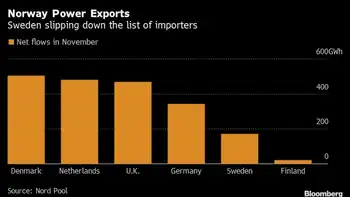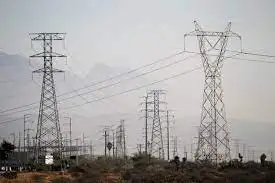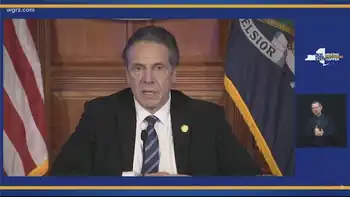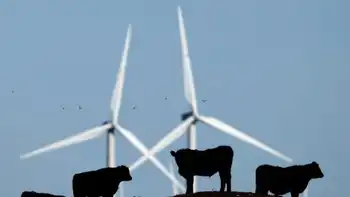Wind development biggest challenge for the grid
By Reuters
Electrical Testing & Commissioning of Power Systems
Our customized live online or in‑person group training can be delivered to your staff at your location.

- Live Online
- 12 hours Instructor-led
- Group Training Available
"Climate-change initiatives and greenhouse-gas reductions ranked this year as the No. 1 emerging issue facing reliability over the coming years," said Rick Sergel, president of NERC, the Princeton, New Jersey-based group that enforces power-grid operating standards.
"As momentum on these initiatives increases (electric) reliability in North America as a whole hangs in the balance," Sergel told reporters before the report was released.
As much as 145,000 megawatts of power from wind turbines is proposed in the next decade, up from about 21,000 MW in the U.S. currently, NERC said in its 2008 Long-Term Reliability Assessment.
Sergel said the push for carbon-free electricity could improve grid reliability by adding generation from a more diverse fuel mix and encouraging development of smarter grid technology.
However, failure to address reliability objectives could result in policies "not sustainable in practice," Sergel said. "Without new transmission development needed to support these resources, we estimate only a fraction of this amount would be able to be built," Sergel said.
"We need to seriously consider comprehensive plans that cross state lines and international borders to build the clean-energy superhighway that will provide everyone equally with access to carbon-free generation," Sergel said.
NERC said the rate of growth in power consumption in North America will slow in the next decade, lessening the threat of high-voltage grid problems that lead to widespread blackouts. New power plants along with "demand-reduction" programs that pay customers to curb electric use during extreme weather will slow the overall rate of power demand growth to 16.6 percent, compared to last year's projection of 17.7 percent, NERC said.
About 34,000 MW of demand response and 11,000 MW of energy efficiency are projected to be in place across North America by 2016, helping to reduce total demand by 3.3 percent.
Florida and the Midwest region reported reductions in peak demand of more than 6 percent over the 10-year period compared to earlier forecasts.
The slower growth was projected before the recent economic downturn, Sergel said. Electric use is closely correlated with economic expansion or contraction.
Lowered demand expectations in the next 10 years contributed to improved capacity margins for most of North America. However, new generation will be required to meet capacity targets in the U.S. Southwest and Western Canada over the next two years, NERC said.











